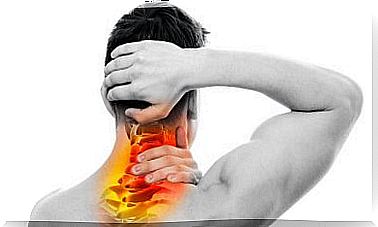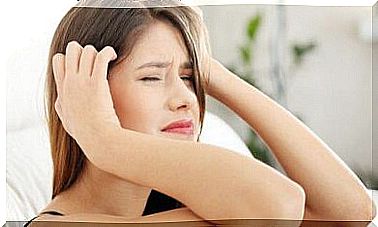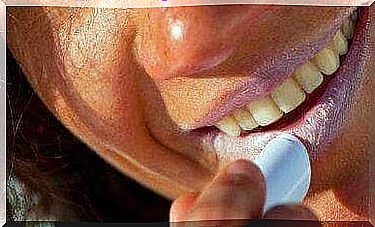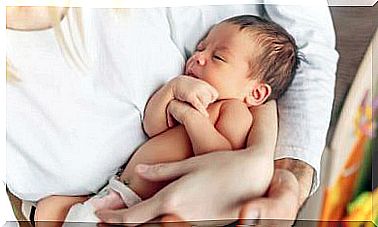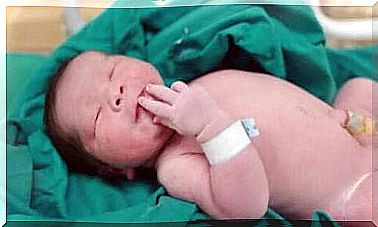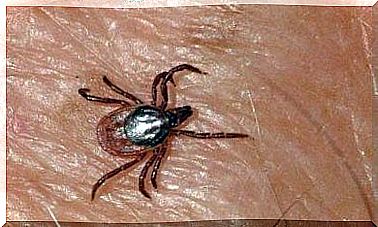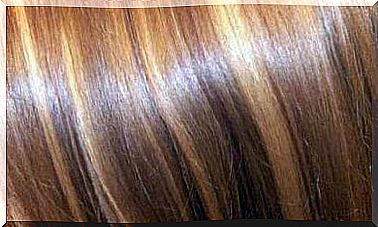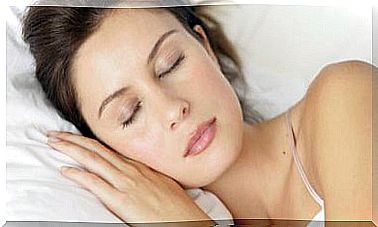What Is A Stereotypical Movement Disorder?
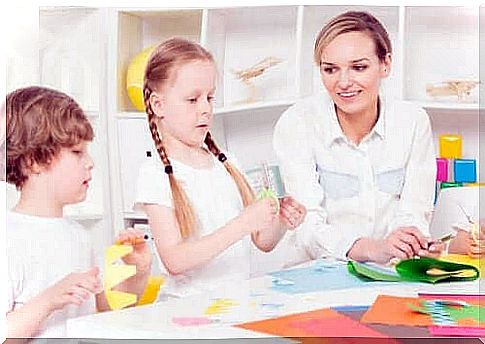
According to the Handbook of Classification of Mental Disorders DSM-5, a stereotypical movement disorder involves repetitive behavior involving continuous non-functional movements. This condition can seriously disrupt the social and academic activities of the child who suffers from it.
Stereotypic movement disorder is usually diagnosed at a young age because the child shows abnormal behavior. This is beneficial because it means that one can start treatment as early as possible.
Causes of a stereotypical movement disorder
Often the causes of this movement disorder are unclear. Sometimes specialists even confuse it with other conditions as well. However, some possible causes may shed some light on the origin of this disorder.
Physiological effects of certain substances
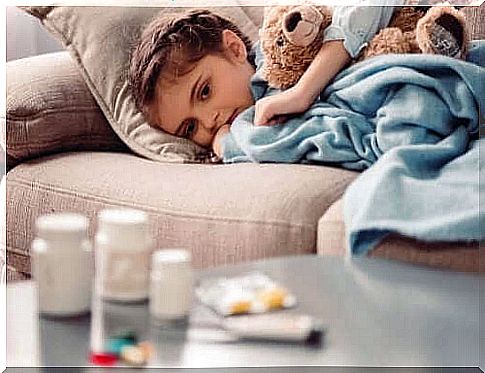
First of all , certain drugs, such as amphetamine, can cause the same behavior that a patient suffering from a stereotypical movement disorder exhibits.
Unfortunately, children whose parents use drugs, for example, have easy access to these drugs. In these cases, however, the symptoms usually go away on their own. Unless, of course, they remain exposed to the drugs.
Related Conditions
A person suffering from Lesch-Nyhan syndrome may also exhibit some of the symptoms of a stereotypical movement disorder. In addition, it can manifest itself if the child suffers from mental retardation or has suffered a head injury.
The problem with this condition is that it can be confused with autism, obsessive-compulsive disorder, or Tourette’s syndrome (GTS). For this reason, specialists must perform several tests before the diagnosis can be made.
Symptoms of a stereotypical movement disorder
In general , this disorder involves repetitive movements that can vary from person to person. For example, think of:
- clasp your hands together.
- nail biting.
- move the body back and forth.
- all kinds of tics.
One problem is that stress, boredom or frustration can make the movements worse. In some cases, the child may even harm himself. These cases are very serious and urgently need to be addressed.
Available treatments

Treatment generally depends on the cause causing the stereotypical movements. Depending on the diagnosis, the doctor will choose a specific treatment. It also looks at whether the stereotypical movement disorder manifests itself with self-injurious behavior (automutilation) or not.
Some of the available treatments are described below:
- Changes in the environment. If your child injures himself, you should take certain measures to prevent this. This, of course, depends on the object they normally use to injure themselves.
- Correct medicines. In this case, the doctor takes into account the age of the child to determine which drugs to prescribe. Usually these will include antipsychotics or catecholamine-reducing drugs.
- Psychotherapy. Finally, psychotherapy, along with certain behavioral techniques, can produce great results. In addition, it can also complement the other treatments we have mentioned above.
Conclusion
In general, the main problem with this condition is that the symptoms interfere with the child’s life. The movements they make are involuntary. This means that they cannot control it no matter how hard they try.
Therefore, if your child has this condition as a result of brain injury, keep in mind that making the movements can be a permanent symptom. However, with the above treatments, you may see a slight improvement or greater control.
Have you ever seen this kind of movement in any of your children? If you notice this, see your trusted pediatrician. They will then perform the necessary tests to discover what is going on and how to deal with the problem.
